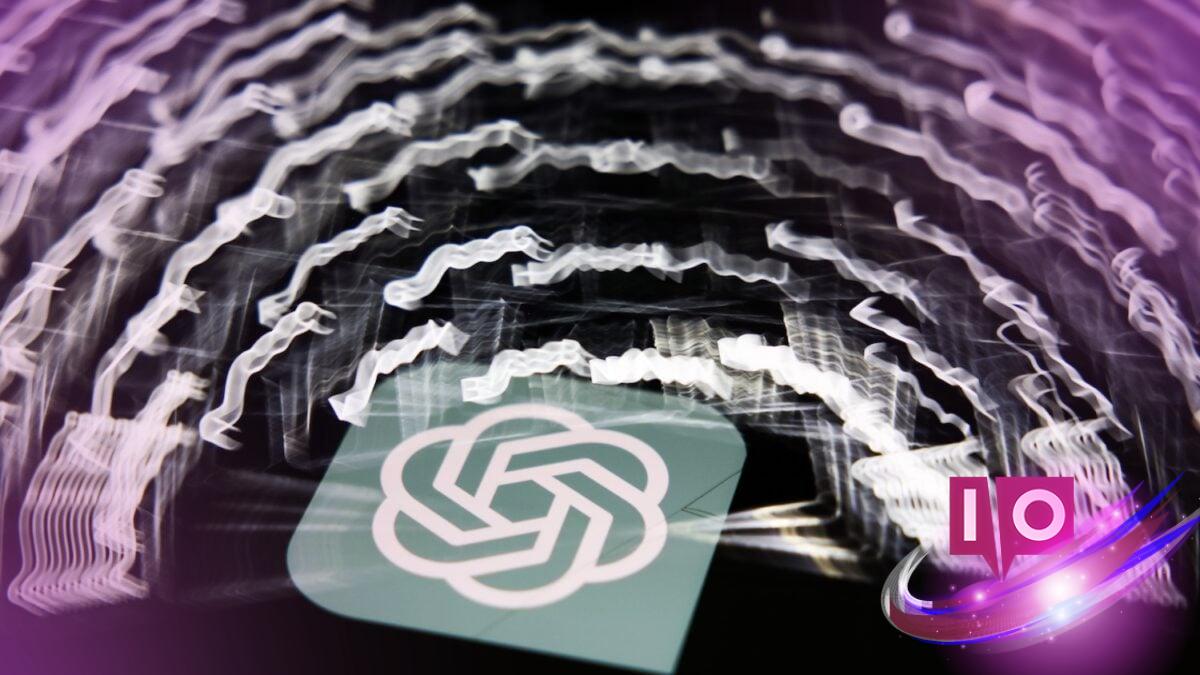In recent years, the rise of mass shootings has prompted schools to invest heavily in surveillance systems to ensure student safety. A striking instance of this occurred recently in Deland, Florida, where a surveillance system flagged a concerning message from a student who asked ChatGPT for advice on harming a peer. Such incidents highlight the urgent need for effective monitoring tools in our educational institutions.
As part of a comprehensive safety strategy, school districts across the United States employ advanced systems designed to monitor student activity on school-issued devices. One such system, implemented by Gaggle, raised an alert when a 13-year-old student from Southwestern Middle School queried OpenAI’s ChatGPT about “how to kill my friend in the middle of class.” The prompt triggered immediate intervention from local authorities, showcasing how these monitoring systems operate in real-time.
Local reports reveal that the student later claimed he was “just trolling” a friend who had “annoyed him.” However, this excuse did little to appease law enforcement. The Volusia County Sheriff’s Office rightly criticizes such “jokes” that escalate into serious emergencies, urging parents to talk to their children about the consequences of their online actions. The student was subsequently taken into custody, although details regarding formal charges remain unclear.
Gaggle’s website outlines their commitment to student safety through web monitoring, which analyzes a range of keywords to provide insight into online behavior, including chats with AI platforms like ChatGPT. Their technology is designed to detect concerning behavior related to self-harm, violence, and bullying, further bolstered by visual context in the form of screen captures.
While Gaggle advocates for comprehensive safety measures, they state that using school-provided technology implies limited privacy for students. According to them, federal laws require educational institutions to protect children from accessing harmful content, reinforcing their surveillance protocols.
This approach, however, has drawn criticism from privacy advocates. Elizabeth Laird from the Center for Democracy and Technology has voiced concerns about the pervasive nature of surveillance in students’ lives, particularly as it pertains to their home environments. Additionally, many alerts generated by Gaggle are reportedly false alarms, which raises questions about the system’s effectiveness and implications.
Given the increasing presence of chatbots like ChatGPT in discussions of mental health incidents, this incident is not isolated. Reports reveal a troubling trend of AI-induced psychological challenges, where interactions with chatbots exacerbate pre-existing mental health conditions. Additionally, some tragic outcomes, including suicides, have been linked to interactions with such technology, prompting ongoing discussions about responsibility and oversight.
What measures can parents take to ensure their children navigate technology safely? Open dialogues about online interactions and the potential repercussions of their actions can empower children to make wiser choices. This proactive approach fosters a safer digital environment both at home and in school.
Are there legal implications for students using school-owned technology? Yes, schools have the legal mandate to monitor internet usage under the Children’s Internet Protection Act, which has led to a reduction in harmful online activities while raising privacy concerns.
How effective are monitoring systems like Gaggle in preventing real threats? While they aim to mitigate risks, there are instances of false positives that can undermine trust in these technologies, indicating a need for ongoing refinement.
As we reflect on these incidents, it becomes increasingly evident that a balance must be struck between student safety and privacy. Keeping communication lines open between parents, educators, and students is essential in fostering environments that support growth and safety. For more insights on navigating these complex dynamics, continue to explore resources at Moyens I/O.
